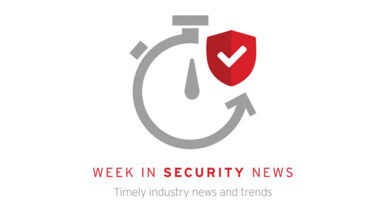Fixing cloud migration: What goes wrong and why?

The cloud space has been evolving for almost a decade. As a company we’re a major cloud user ourselves. That means we’ve built up a huge amount of in-house expertise over the years around cloud migration — including common challenges and perspectives on how organizations can best approach projects to improve success rates.
As part of our #LetsTalkCloud series, we’ve focused on sharing some of this expertise through conversations with our own experts and folks from the industry. To kick off the series, we discussed some of the security challenges solution architects and security engineers face with customers when discussing cloud migrations. Spoiler…these challenges may not be what you expect.
Drag and drop
This lack of strategy and planning from the start is symptomatic of a broader challenge in many organizations: There’s no big-picture thinking around cloud, only short-term tactical efforts. Sometimes we get the impression that a senior exec has just seen a ‘cool’ demo at a cloud vendor’s conference and now wants to migrate a host of apps onto that platform. There’s no consideration of how difficult or otherwise this would be, or even whether it’s necessary and desirable.
These issues are compounded by organizational siloes. The larger the customer, the larger and more established their individual teams are likely to be, which can make communication a major challenge. Even if you have a dedicated cloud team to work on a project, they may not be talking to other key stakeholders in DevOps or security, for example.
The result is that, in many cases, tools, applications, policies, and more are forklifted over from on-premises environments to the cloud. This ends up becoming incredibly expensive. as these organizations are not really changing anything. All they are doing is adding an extra middleman, without taking advantage of the benefits of cloud-native tools like microservices, containers, and serverless.
There’s often no visibility or control. Organizations don’t understand they need to lockdown all their containers and sanitize APIs, for example. Plus, there’s no authority given to cloud teams around governance, cost management, and policy assignment, so things just run out of control. Often, shared responsibility isn’t well understood, especially in the new world of DevOps pipelines, so security isn’t applied to the right areas.
Getting it right
These aren’t easy problems to solve. From a security perspective, it seems we still have a job to do in educating the market about shared responsibility in the cloud, especially when it comes to newer technologies, like serverless and containers. Every time there’s a new way of deploying an app, it seems like people make the same mistakes all over again — presuming the vendors are in charge of security.
Automation is a key ingredient of successful migrations. Organizations should be automating everywhere, including policies and governance, to bring more consistency to projects and keep costs under control. In doing so, they must realize that this may require a redesign of apps, and a change in the tools they use to deploy and manage those apps.
Ultimately, you can migrate apps to the cloud in a couple of clicks. But the governance, policy, and management that must go along with this is often forgotten. That’s why you need clear strategic objectives and careful planning to secure more successful outcomes. It may not be very sexy, but it’s the best way forward.
To learn more about cloud migration, check out our blog series. And catch up on all of the latest trends in DevOps to learn more about securing your cloud environment.
Read More HERE



